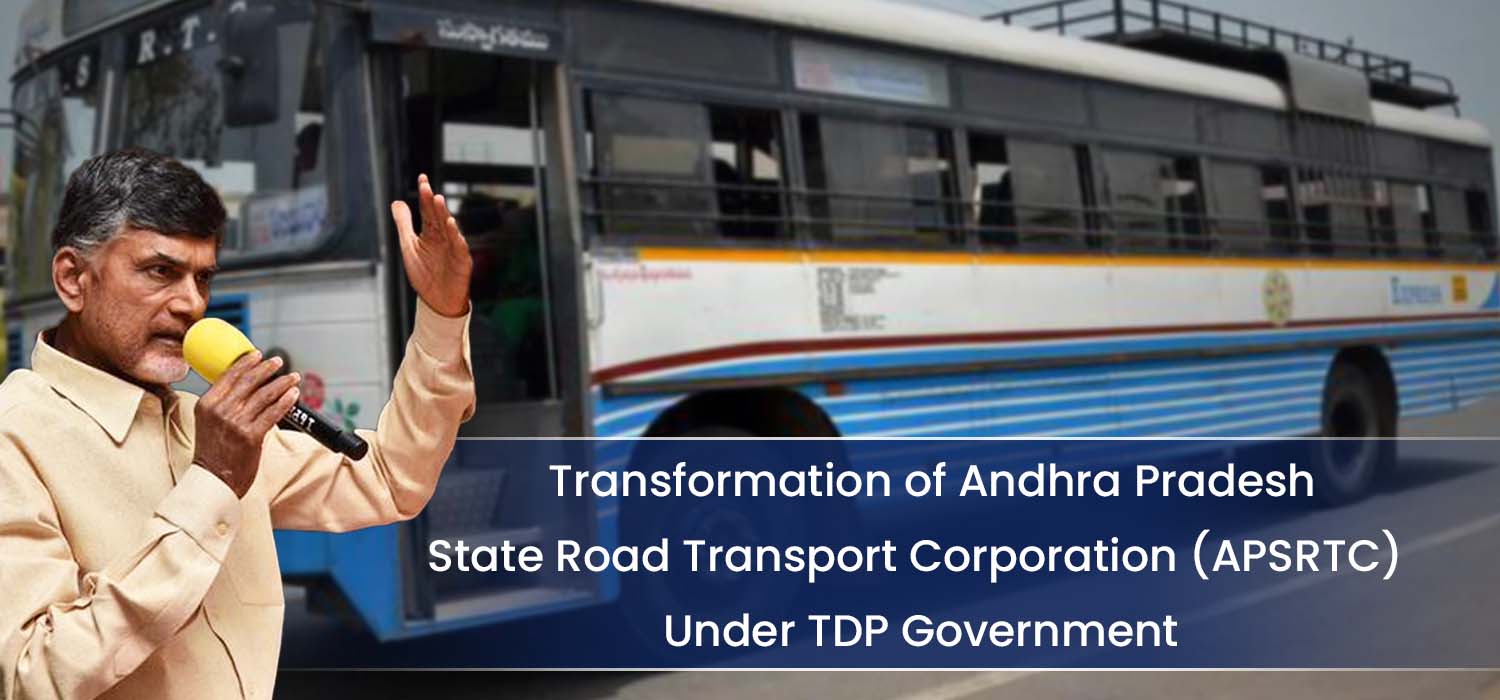The Andhra Pradesh State Road Transport Corporation (APSRTC) underwent a significant overhaul under the governance of the previous Chief Minister of Andhra Pradesh, Shri. N Chandrababu Naidu, with the aim of improving its business practices and enhancing the transportation services provided to the people. With the support and assistance of the TDP government, APSRTC implemented new technologies, expanded its fleet, and explored alternative acquisition methods to meet the growing demands of the state.
To address the increasing transportation needs, the TDP government, in collaboration with APSRTC officials, embarked on an ambitious plan to expand the fleet by adding 2,000-3,000 new buses. A phase I financing extension for the Jawaharlal Nehru National Urban Renewal Mission (JNNURM) facilitated the acquisition of approximately 1,500 buses, with a significant portion allocated for Hyderabad, Tirupathi, Vijayawada, and Vishakapatnam.
However, recognizing the need for further expansion, the TDP government and APSRTC officials aimed to purchase an additional 1,000 buses for these cities in JNNURM phase 2. The Road Transportation department engaged with original equipment manufacturers (OEMs) to explore alternative financing options for fleet augmentation, reducing the financial burden on APSRTC.
In addition to expanding the fleet, the N Chandrababu Naidu government and APSRTC officials explored innovative initiatives to improve the public transportation system. They considered testing articulated and hybrid buses in Hyderabad, which would have provided more efficient and environmentally friendly transportation options. However, the response from relevant OEMs was limited, despite the pressing need for improved public transportation choices in the city. Let's delve into TDP achievements in I APSRTC and explore the Live updates on the TDP official website.
Hyderabad faced challenges in meeting the transportation demands of its growing population, with only 40% of residents utilizing public transportation during that period. To address this issue, APSRTC aimed to acquire an additional 3,800 buses, taking into account the expanding population and the need to replace approximately 25% of the fleet that had travelled more than 12 lakh kilometres.
To complement the efforts of APSRTC, the N Chandrababu Naidu prioritised the construction of new metro stations in the city. By providing a diverse range of transportation alternatives, the government aimed to encourage a larger percentage of the population to utilize public transportation and alleviate the strain on existing systems.
The transformation of APSRTC under the governance of Shri. N Chandrababu Naidu and the TDP government demonstrated a commitment to enhancing the state's transportation infrastructure. Through expanding the fleet, exploring alternative acquisition methods, and considering innovative initiatives, APSRTC aimed to provide better and more efficient public transportation services to the people of Andhra Pradesh.
As the government prioritized the improvement of public transportation, including the construction of new metro stations, it sought to increase the utilization rate of public transportation among the population. By addressing the transportation challenges faced by Hyderabad and other major cities, the TDP government aimed to improve the overall quality of life and contribute to sustainable development in Andhra Pradesh.





